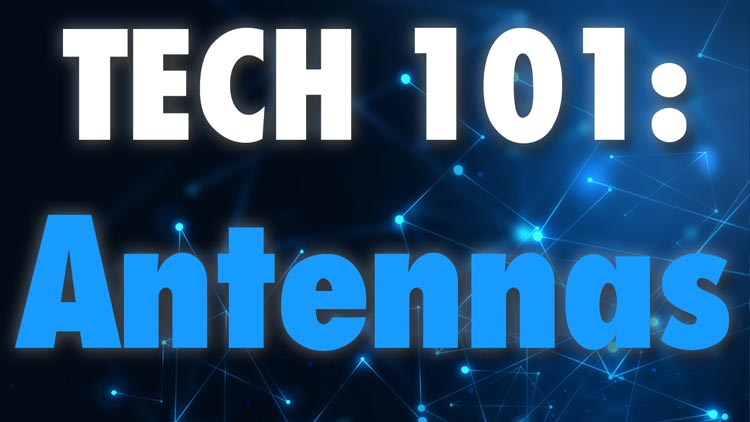- Home
- Symmetry Blog
- GPS vs GNSS - What Engineers Need To Know For Their Design | Symmetry Blog
GPS vs GNSS - What Engineers Need To Know For Their Design | Symmetry Blog
About Cobus Heukelman
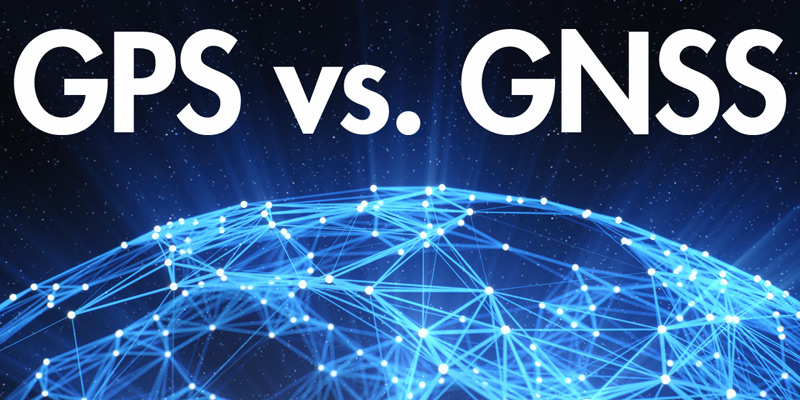
Cobus Heukelman, Technical Marketing Engineer at Symmetry Electronics, provides design engineers with everything they need to know about adding GPS or GNSS to their application design. This article serves as an update on our 2015 post, "What is the Difference Between GNSS and GPS?"
A friend recently asked me: “What would happen if all the GPS satellites suddenly stop broadcasting?”
“Not as much as you’d expect,” I replied.
Although we imagine our tracking devices would fail without GPS, GPS is only one of many satellite constellations, collectively referred to as GNSS, or Global Navigation Satellite System. GPS (Global Positioning System) was only the first example of GNSS, developed by the US military. Since then, other satellite constellations have been established such as Russia’s GLONASS, Europe’s Galileo and China’s BeiDou. These different constellations all provide low-accuracy service for public use and high-accuracy service with encryption for military use.
The United States' Global Positioning System (GPS) has been operational since 1978, with up to 32 medium Earth orbit satellites in six different orbital planes. The exact number of satellites vary as older satellites are retired and replaced. GPS has been available to the rest of the world since 1994 and is currently the world's most utilized satellite navigation system.
GNSS/GPS applications include:
- Tracking/Mapping Devices
- Location-based advertising
- Geo-fencing
- Industrial Machinery
- Sea vessels
- Air Navigation
- Automobiles
You may ask yourself, “If your design needs positioning information, would you have to choose between these satellite systems?” Fortunately, for most situations, the answer is no. Modern GNSS receivers can read signals from multiple constellations. Coming back to my friend’s question, if the GPS satellites suddenly stop working and your device has a GNSS receiver, it would switch over to GLONASS satellites and you won’t know the difference. For example, a receiver is smart enough to calculate its position using two GPS satellites and two GLONASS satellites at the same time. By using multiple navigation systems, users have a better chance of getting their position fixed when in urban environments, where tall buildings obstruct some of the signal.
Choosing a GNSS solution that’s right for your design.
Telit offers excellent multi-constellation solutions like the SL869-V3 module. The SL869-V3 is designed to deliver the best pure GNSS tracking performance. Built on the STMicroelectronics Teseo III core, the SL869-V3 offers exceptional tracking of GPS, Glonass, Beidou and Galileo constellations. Advanced features include external MEMs support, A-GNSS onboard generation, and A-GNSS server-generated file injection.
The SL869-V3 comes in a 16x12.2 mm, 24-pad, LCC package.
If your design is limited in space,(i.e. wearable tech), Telit offers the SE873Q5 module, which works with GPS, Glonass, Beidou and Galileo constellations and comes in a tiny 7x7x1.85mm package.
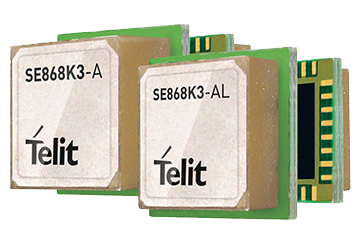
One of the difficulties of working with wireless technology is the need for an antenna. When production volumes are low, it may not be cost-effective to choose your own antenna and design a matching circuit on your product PCB. Telit offers antenna modules, such as the SE868K3-A/AL that take care of antenna circuitry on your board. The SE868K3-A/AL won’t take up too much space either, as it is currently the industry’s smallest multi-constellation GNSS patch antenna module. It features a low noise amplifier and Surface Acoustic Wave (SAW) filter to deliver best in class performance. These modules are available in a 11x11x4.1mm and 11x11x6.1mm packages.
Because there are so many GNSS modules and antennas available we always recommend that you discuss your requirements with our applications engineers to choose the best solution for your design.
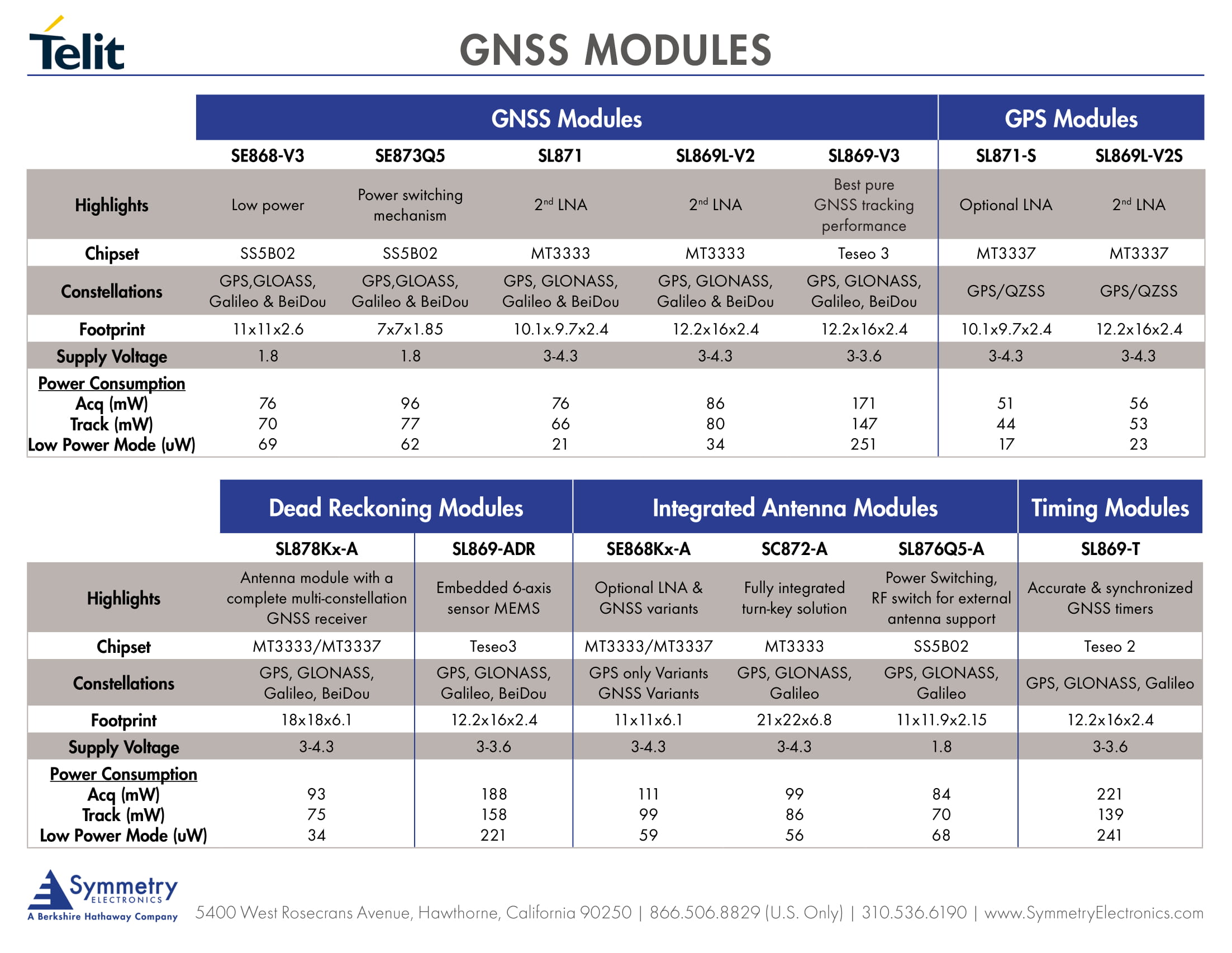.jpg)



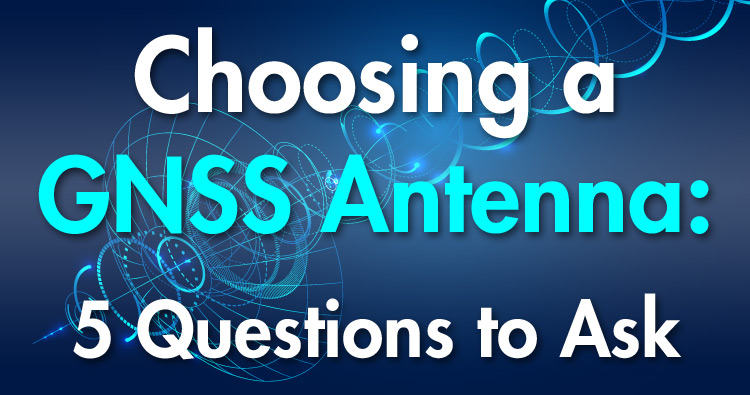
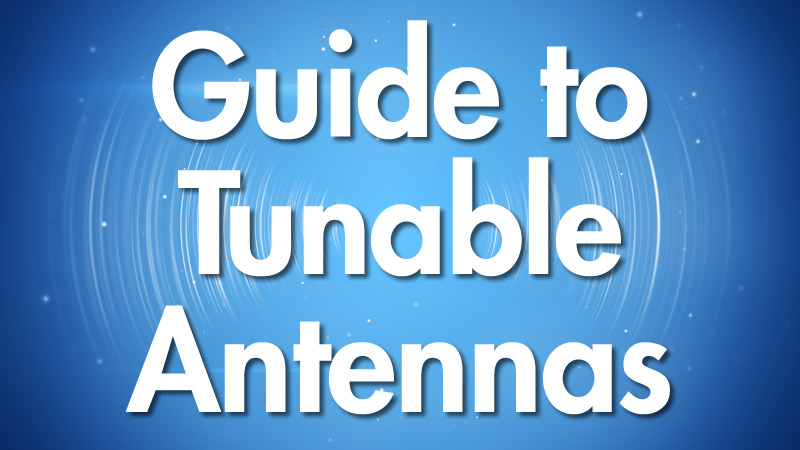.jpg)
